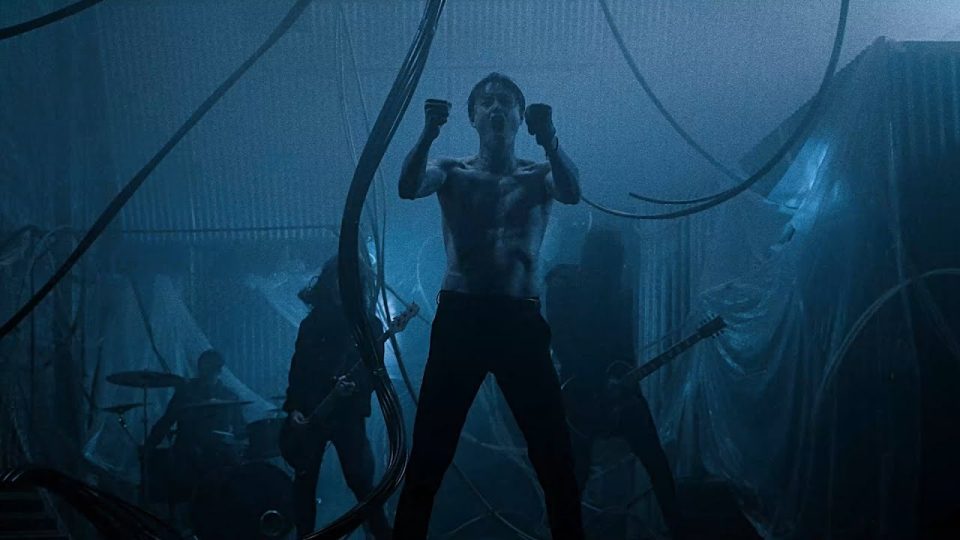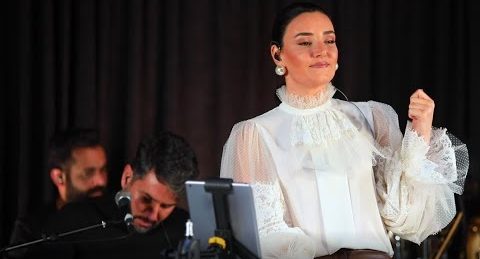The history of the Spanish monarchy can be traced back to the 8th century, with the rise of the Visigothic Kingdom in the Iberian Peninsula. However, the current Spanish monarchy can be traced back to the marriage of Ferdinand II of Aragon and Isabella I of Castile in 1469. This union brought together the two most powerful kingdoms in the peninsula and laid the foundation for a centralized Spanish state.
During the early modern period, the Spanish monarchy became one of the most powerful in Europe, with a vast empire that spanned the globe. The reign of Charles V in the 16th century marked the peak of Spanish power, with Spain controlling territories in the Americas, Asia, and Europe. However, the decline of the Spanish monarchy began in the 17th century, as Spain’s power began to wane and its colonies began to seek independence.
In the 19th century, the Spanish monarchy was briefly abolished and replaced with a republic, but this experiment in democracy was short-lived. The monarchy was restored in 1874 under the rule of Alfonso XII, and the country underwent a period of stability and modernization. However, this stability was short-lived, as the country was plunged into political turmoil in the early 20th century.
The Spanish monarchy played a key role in the country’s political and social history, with varying degrees of power and influence depending on the era. During the 16th and 17th centuries, the Spanish monarchy was one of the most powerful in Europe and played a major role in shaping the continent’s political landscape.
In the 19th century, the Spanish monarchy was weakened by political instability and social unrest, but it still played a key role in the country’s modernization process. Under the leadership of Alfonso XII and later Alfonso XIII, Spain underwent significant social, economic, and political reforms, including the adoption of a new constitution and the establishment of a constitutional monarchy.
The role of the Spanish monarchy was further diminished in the 20th century, as the country underwent a period of political upheaval and transition. Following the Spanish Civil War, the country was ruled by the dictator Francisco Franco until his death in 1975. With Franco’s death, Spain transitioned to a democratic system, with the monarchy serving as a constitutional symbol of national unity.
In the modern era, the Spanish monarchy has played a largely ceremonial role, with the king serving as a figurehead and representative of the country. The current king, Felipe VI, has worked to modernize the monarchy and increase its relevance in Spanish society, but the institution remains controversial and divisive among some segments of the population.
In conclusion, the Spanish monarchy has undergone significant evolution throughout its long history, playing a key role in the country’s political and social development. While its power and influence have waxed and waned over the centuries, the monarchy remains a central symbol of Spanish identity and tradition.












